Sardinia, in the middle of the Mediterranean sea, is bustling with ideas and passion when it comes to digital innovation. From social and sustainable innovations to the sharing economy, digital school or high-tech medicine, it is worth taking a deeper look at what is going on there and connecting with its players.
I’ve had the opportunity and pleasure to interview 5 of its players in a series dedicated to Digital Innovation in Sardinia.
In this interview, we meet Alessandra Patti, School Director at Istituto Comprensivo Sestu, with 3 of her students, around all the digital initiatives taking place at her school (do-it-yourself interactive boards, Arduino projects, coding workshops…).
The interview is available in video format below or on YouTube and the full text transcript is below, translated in English.
Youmna Ovazza: Buongiorno, thank you very much for giving me this interview, I’m very happy to be here, to discuss the LIM project that you did. Maybe if you can first present the school and yourself, before we start ?
Alessandra Patti: This school is the Istituto Comprensivo di Sestu, near Cagliari, in Sardegna, with approximately 1000 students between 3 and 14 years old, the whole first cycle of instruction.
 It is a school recently born, this year definitively, as it was made of various separate institutions. They are 3 among our 1000 students that have distinguished themselves during the year because they have shown particular competencies and skills, Fabio, Marco and Davide.
It is a school recently born, this year definitively, as it was made of various separate institutions. They are 3 among our 1000 students that have distinguished themselves during the year because they have shown particular competencies and skills, Fabio, Marco and Davide.
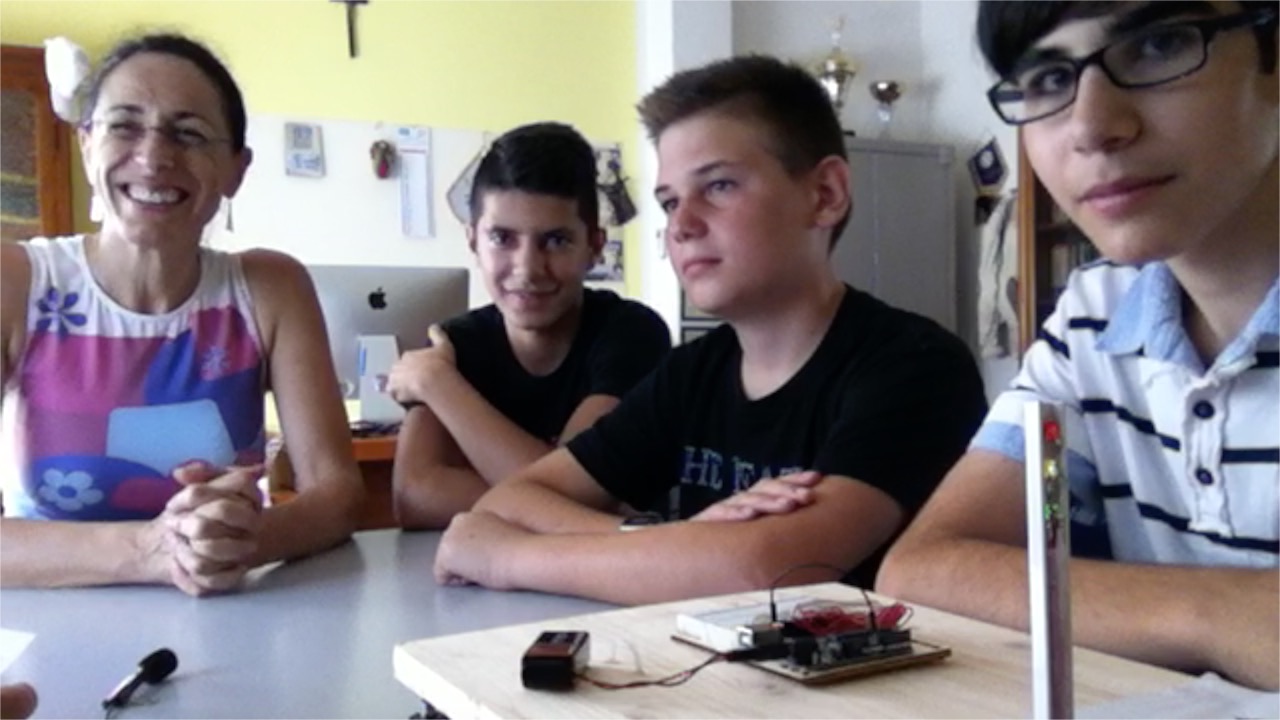
Fabio Altea: I’m Fabio Altea, I’m in 3rd year of middle school, and this year I’ve presented the state exam.
AP: And you’ll do ?
Fabio : I’ll go to a technical institute to study computer sciences.
Marco Pittalis: I am Marco Pittalis, I’ve just finished the 3rd year of middle school, I will join an industrial & technical institute.
Davide Ricco: I’m Davide, I’m 13, I’ve just finished the 2nd year of middle school and have to do the 3rd year. I haven’t decided yet what superior studies studies I want to make, technical or computer sciences.
YO: How was this project born ? How did it start ?
AP: First of all, you need to know that in Sardinia, almost all classes have a LIM (Lavagna Interattiva Multimediale), because the Sardinian region has been an early-adopter for this type of equipment and has financed the acquisition of multiple LIM and technological equipments in schools.
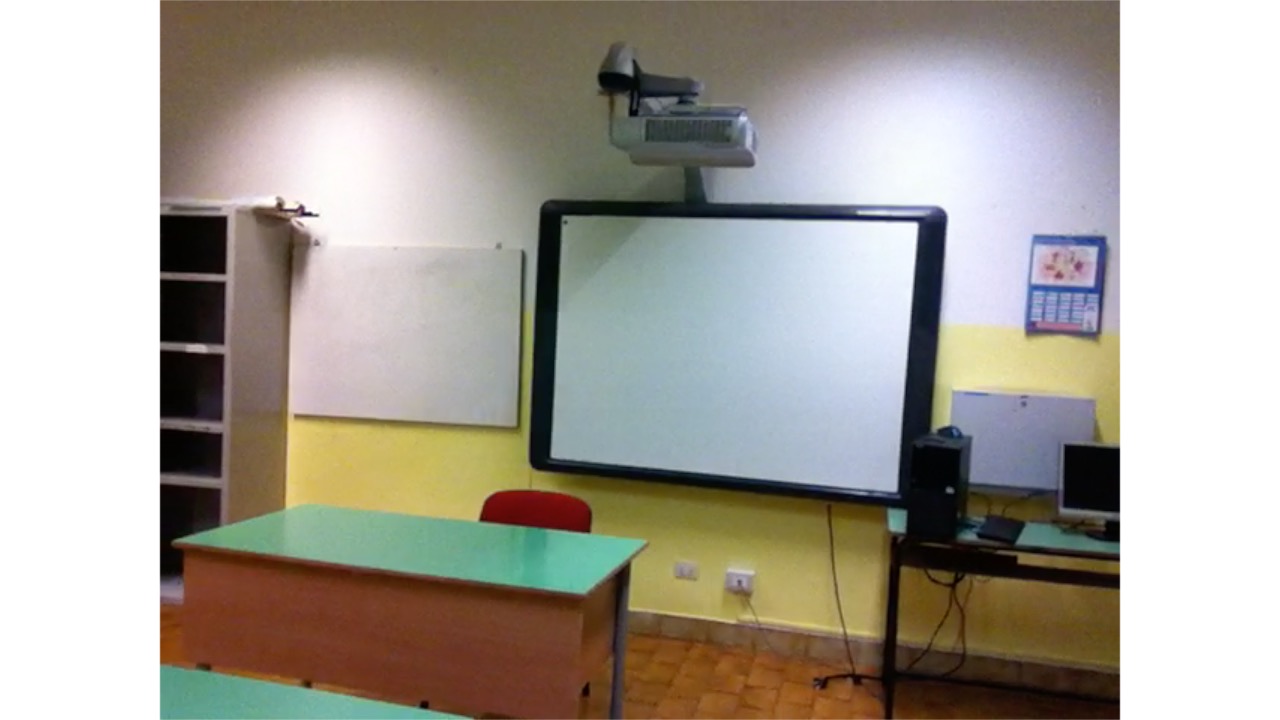
When, however, our various schools here have joined to form the current Istituto, many classrooms were deprived of LIM and these young people had the idea to replicate an experiment they had found on the Internet. One day David informed me of it and told me that he managed to build this LIM by recycling ordinary materials at very little expense. I have therefore invited him, as well as his friends who had also contributed, to show me their realisation and how they did it.
Davide, why don’t you tell the story from the beginning, how you did it, the video on YouTube, the tutorial…
Davide: I’ve seen this project with the math teacher, I had seen it done and I thought maybe I’ll be able to reproduce it. So I started gathering all the material.

There were problems to find the relevant material, finally we could find a pen on the Internet at 10 euros, we found a projector at school and a computer, a remote control from something else, and the whole set cost us around 200 euros. We also had to spend 10 euros for the Bluetooth to connect to the PC.
AP: But it’s true that before bying the pen, you have also tried to build one, but this was very delicate.


Davide: Yes we tried to build the pen first but we’ve had may problems with the LED, the battery… (technical details). It wasn’t easy.
AP: They had in reality started doing similar projects prior to the LIM. Fabio, why don’t you tell the story about the Newton disc that you had realised ? With their science teacher, in laboratory, they had already started building things.
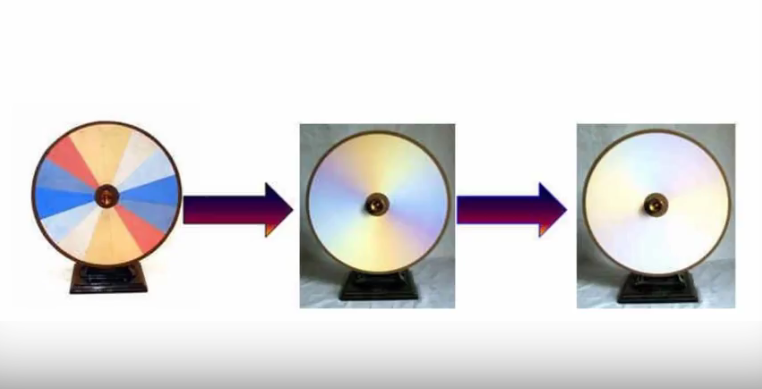
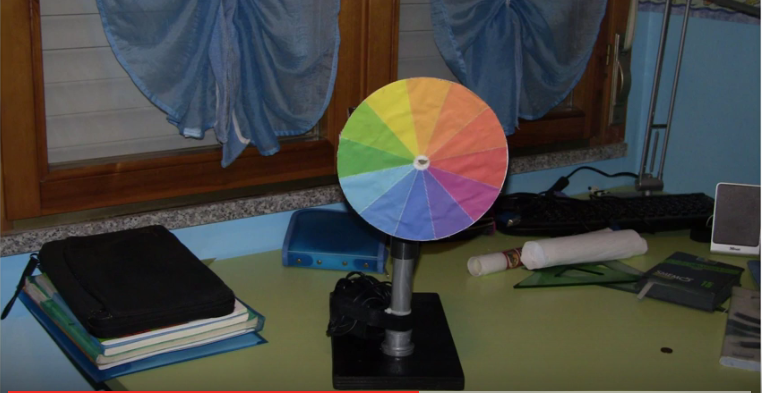 Fabio: During the year we had studied the eye and the colours and with our teacher we have built a Newton disc…. to show how the disc becomes white when spinning very quickly
Fabio: During the year we had studied the eye and the colours and with our teacher we have built a Newton disc…. to show how the disc becomes white when spinning very quickly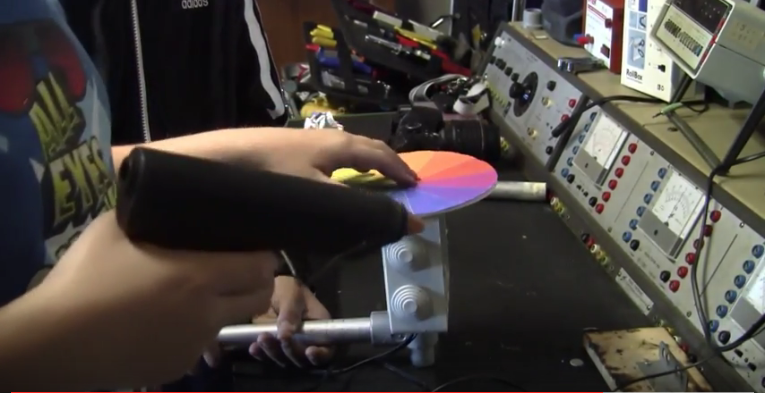
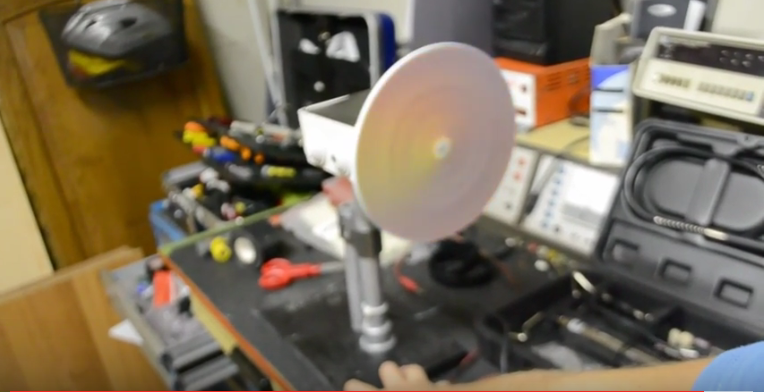 YO: Was this part of the program, or was it in addition to the program of the school ?
YO: Was this part of the program, or was it in addition to the program of the school ?
Fabio: No, it was part of the program. We have built it first by researching images of such a disc, it’s a plastic disc that spins thanks to an engine. We finally managed to stabilize it and get the desired effect.
YO: You did everything alone or all 3 together, or with your teacher, or with any other help ? Who did what ?
Fabio: The Newton disc was made by Marco and myself within the science program and with our teacher.
AP: The LIM, on the other hand, was the idea of Davide,
Davide: Yes, with the teacher
AP: They had seen a tutorial on YouTube by a Japanese or American…
Davide: Yes, a Chinese…
AP: No, a Japanese.
Davide: He had created such a system and we have applied it, and we have made it.
YO : How much time did it take ?
Davide: We’ve had a lot of problems, they were always problem after problem and no time, but at the end we’ve done it.
AP: Because putting the pieces together, and finding the right time to do it, as first they had assembled the pen, but it didn’t work well because it was too delicate and they had to wait to buy another pen, then they started assembling the first pieces, but then they discovered that the software they had downloaded was free for a certain period only, and they had to find another free software that would work with the LIM… Eventually, it took a few months doing all the tests, from April to June to get the final version.
YO: And what’s the next step ? Is there a next step, with this project ? Or is it finished ?
AP: The next step is to create a real FabLab within the school. Because these experiences were made in class during the year, during lesson time with the participation of the teachers, but in reality the whole technological part is not part of the program strictly speaking. So the idea is to find a space besides the official program, maybe in the afternoon, in which the students can meet and it’s not only about these here, it’s about getting them to teach their comrads, I would like them maybe to manage this Lab. The school will obviously make the space available and provide them with the necessary equipment, but something important to me, with a social impact, is that we don’t use much funds. The Arduino costs, but the rest of the materials is easily available and doesn’t require much funding.
YO: I noticed that in Sardinia there are 3 / 4 Fab Labs, are you planning to work with them ?
AP: Yes, with independent Fab Labs. Sardinia, from this point of view, is a region ahead of others. There are many Fab Labs, for exemple Make in Nuoro, there was recently a conference in Cagliari called Sinnova that all start-ups attend, I belong myself to an association called Digital Champions Italia that promotes the spreading of digital culture, Sardinia from this point of view is a fertile ground.
YO: And do you plan to work with these people for your Fab Lab ?
AP: I hope ! I hope that they’ll be able to collaborate with us, and mostly that « Makers » experts could help the students and advise them on how to manage the Fab Lab in the best way, for sure I’d like them to help. But the work will be done by the students, it’s important that they transmit their love of technology to their companions and that they get them to understand the real impact of technology in our life today.
YO: Do you have other projects of this kind in the school or is this the only one ?
AP: Currently, no. We’re now training the teachers on the LIM, until september/october, and this will be an important project in the school. We’re doing it all without any financing, we don’t have any money.
YO: I wanted to ask you if you had some financial aids from the outside, or not ?
AP: At present, no. But we’ll find a way of doing it, it doesn’t require a huge investment. The 3 things that I would like them to do is use Arduino, this hardware piece that Marco has presented at his exam, building the LIM, so that we can use it also at the kindergarden with the youngest students, and the third thing important to have is a 3D printer, because it can stimulate creativity very much. We also participate in many other didactics / new teaching initiatives: for example the students have done some coding lessons be it in middle or in primary school and even for the youngest students. We’ve done « the hour of code » even with 3-year olds.
YO: 3-year olds ?
AP: Yes, with Velcro strips, these are specifically designed/adapted programs. Never mind, we’ve tried it ! We’ve joined a movement of « avant-garde » schools called Avanguardie Educative coordinated by the Indire (Istituto Nazionale di Documentazione, Innovazione et Ricerca Educativa) under the Ministry of Education.
YO: Only in Italy, or with schools in other countries ?
AP: Avanguardie Educative is only in Italy, but we have financed, for example, an Erasmus + program (the new EU program for Education, Training, Youth and Sport 2014-2020), that puts us in contact with foreign schools, and we have participated to various international projects, like iTec or Living Schools Lab in previous years that took us to Finland, we have a teacher that represents Italy in Brussels for technological projects… We’re a very active school.
YO: It’s very impressive, because it’s not the case everywhere. And so, it’s your initiative ? Because I think not every school director has the same program, so you have the freedom to do this as well ?
AP: I like doing it ! I like doing this type of projects because it makes us and the students progress. Another motive is that in Europe, within 10 years, there’ll be a million new jobs to fill with new digital and technological competencies, and schools don’t always succeed in keeping up with their times, so it’s important that these students develop and help their comrads less naturally gifted in developing such competencies. The future is in technology. The school has an important mission. The school reform, published yesterday in the newspapers, insists much on learning code at school, the use of programming, and the development of digital didactics for this same purpose, because there is a already a population at work that is « lost » on these competencies already but in the future it will be worse.
YO: One last question, before the demo. Do you think there is something specific to Sardinia when it comes to innovation or digital innovation, or not ?
AP: From the point of view of the tools available, yes, because the Sardinian region spent millions of euros in recent years to equip schools with technology.
YO: Why ?
AP: Probably because the regional government was interested in doing so. Italy launched the Digital School program a few years back now but had selected only a few schools and classes to participate in it. Sardinia, on the contrary, with the help of European funding, has decided to equip all schools. With the FESR fund (Fondo Europeo di Sviluppo Regionale), I think it was a 7 million € budget, because they financed the acquisition of the LIM, Wifi equipments… in all schools. And now, they’re financing the training of teachers, until october. From this point of view, we’re ahead of others and lucky. But it’s true also that there’s the other side of the coin : Sardinia is an island, it’s far, from Italy, from Europe, and when it comes to how information and culture spread, it has an impact. I do a lot more efforts than my colleagues in Lazio (the Roman region) or in Tuscany or in any other region in Italy, to follow up with contacts at other schools who do similar initiatives, because the distance weighs.
YO: I thought Internet would have helped ?
AP: Yes, of course, but we also need human contacts ! For example, we won a price at the EXPO in Milan: one of our classes made a blog on food, they won a price and the Ministry invited them to go to Milan. We have difficulties organising the trip because the invitation is for August, travelling from Sardinia in August is not easy and very expensive. So we had to ask to postpone… That’s one example of the difficulties we find ourselves in. Connections are not at their best yet. Technology, yes, but planes are few !
YO: Is there anything you want to add, before doing the demo ?
AP: No, let’s show how this works.
Marco: So, this is a kind of traffic light, made with Led bulbs, cables, Arduino and a blackboard.
AP: What is Arduino ?
Marco: Arduino is an Italian card, a micro-controller that must be programmed to do certain things.
For example, I’ve programmed it to do a crossroads : when these 2 are green, the other 2 are red. It is powered by a battery.
YO: and the LIM ?
Marco: The LIM is Davide’s idea.
Davide: I didn’t do only the LIM, I also did another project with a microscope with a split that consists in projecting what we see in the microscope on the LIM/interactive board. We need a microscope, a web cam and the help of a computer. It costs almost nothing.
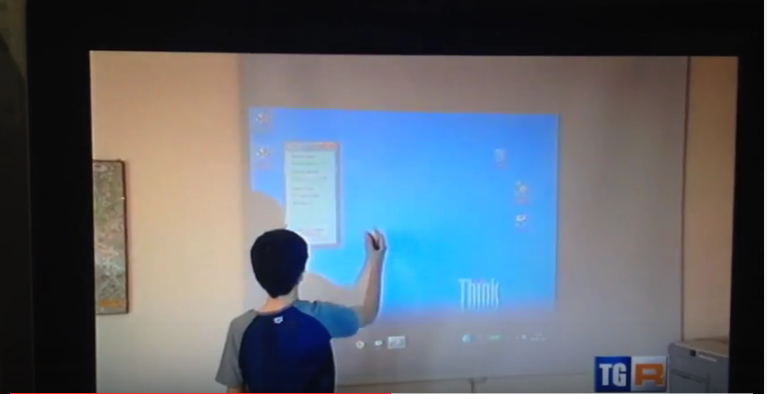
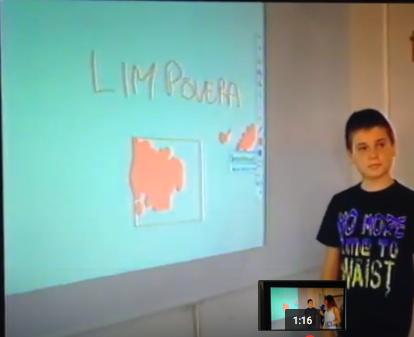 AP: They have so many ideas, they suggest them to their teachers and the teachers see what they can do at school or not. The idea of creating a Fab Lab at school but out of the curriculum, for example, because often during class hours they are many, there’s no time, the program must be done, so it’s necessary to find a moment and a place for the projects they can develop. It’s their initiative.
AP: They have so many ideas, they suggest them to their teachers and the teachers see what they can do at school or not. The idea of creating a Fab Lab at school but out of the curriculum, for example, because often during class hours they are many, there’s no time, the program must be done, so it’s necessary to find a moment and a place for the projects they can develop. It’s their initiative.
YO: We’re finished, thank you !
Appendix : Digital yes ! But not only…
AP: There is a science laboratory, here we’re in the music auditorium. They are great. This year they have won some national competitions, they are really great. They are also good in sports. Technology, sports, music! We have a students’ sports center, they practice many sports, this year they have « subaquatic hockey » in the pool, it is truly a very active school, they have practiced rugby, they have practiced baseball, they always practice track and field, they are very good in it, they have experimented subaquatic hockey and they have made it to the national finals, also in rugby…

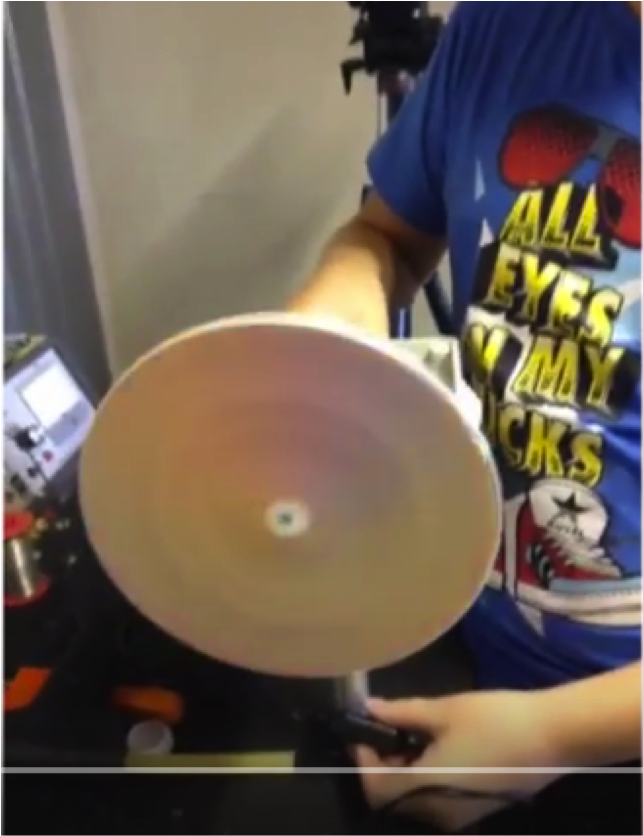
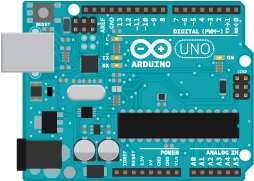
1 réflexion au sujet de « Digital School in Sardinia: Interview Alessandri Patti & Students, Istituto Comprensivo Sestu »